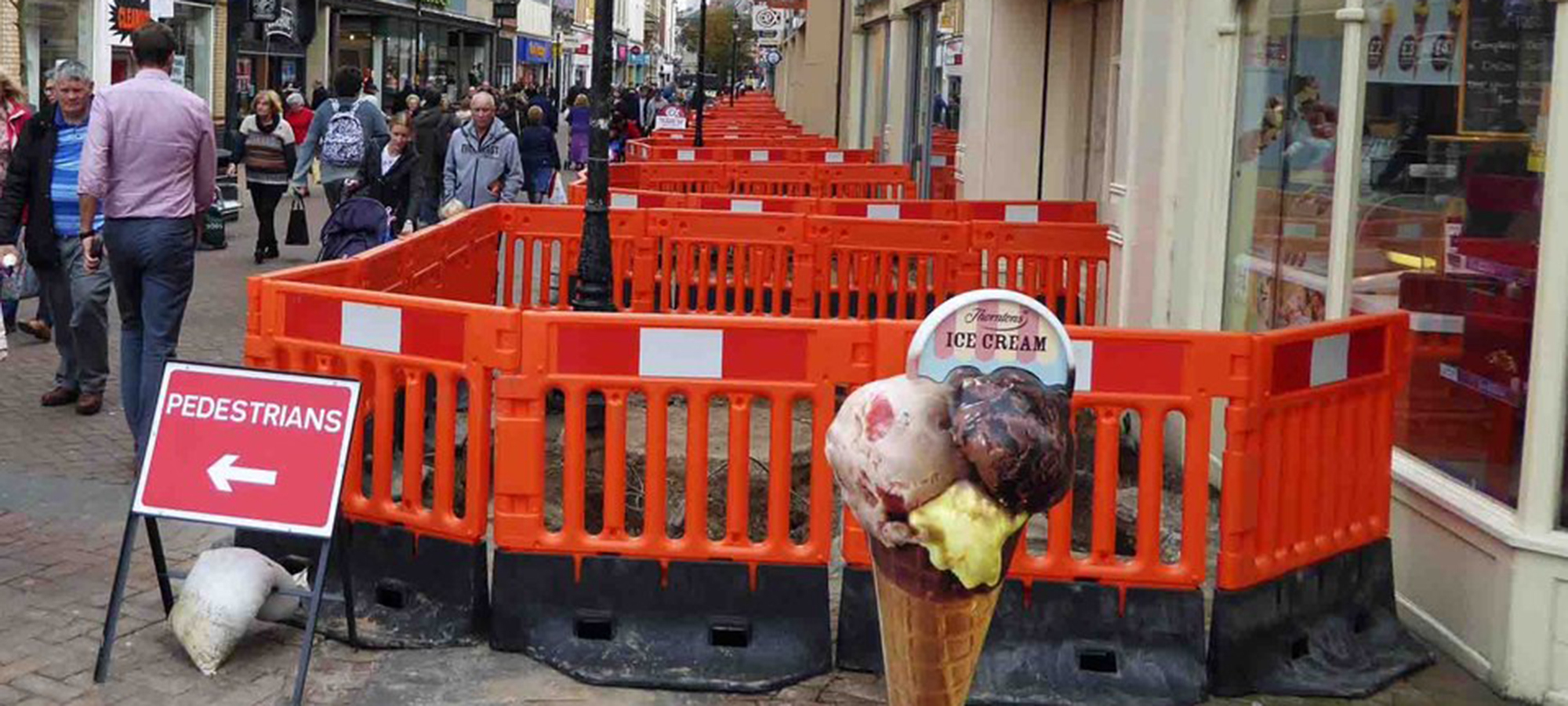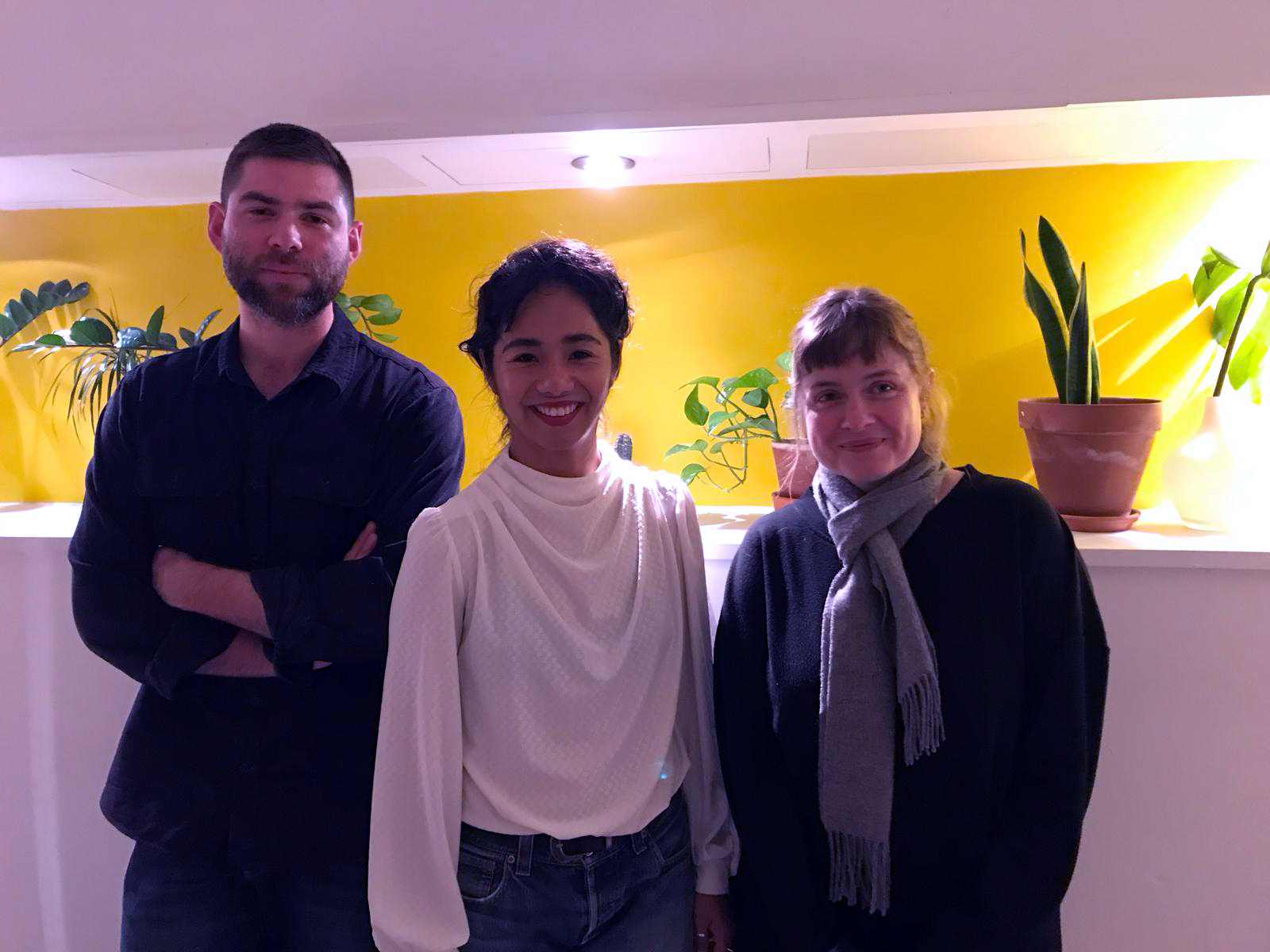Get updates from The Developer straight to your inbox Yes, please!
Cities should not make you sick
We need to mitigate stressors in the city, says neuroscientist Araceli Camargo of The Centric Lab

“I don’t think cities should get you to the point where you are developing diseases,” says Araceli Camargo, lab director of The Centric Lab.
Camargo is a neuroscientist that works on how to make “healthier habitats for humans across all demographics”. She tells me that stress is part of life, but it shouldn’t be constant.
“We need stress, we can’t just be blobs that don’t react to anything. When you hear a noise that you haven’t heard before, you’re prompted to pay attention to it.”
“The problem is that we’re building habitats that don’t allow people to come back to homeostasis and equilibrium,” Camargo adds. “It’s constant stimuli – the noise of the ambulance, congestion on the sidewalk, breathing polluted air, light pollution…”
In an interview for The Developer podcast, Camargo says what’s they’re trying to understand at The Centric Lab is how the city stresses the brain and body, and advise the industry about how to design in features to “mitigate” these stressors.
“We are constantly bombarding humans with another thing. If you’re in constant stress, that’s when you can reach something called an ‘anastatic load’, which has a corrosive effect on the body, such as depression, obesity and diabetes.”
“Cities cannot be demolished and we can’t just start from scratch, so it’s all about mitigating the stressors and allowing people to come back to homeostasis,” Camargo says.
According to Camargo, mitigations might include dampening noise on a building site, giving advance notice of road works to local people on the autistic spectrum, or making changes to office and lobby designs to help workers recover from a stressful and polluted commute.
“If you have to have a construction site, the [stress] mitigation might be to make signage more visible, create another route, tell people in advance what the route is, and dampen the noise. But we don’t do that – things just pop up.”
Camargo hopes a better understanding of how our brain and body are affected by the city will help us create more equity in the built environment.
“The infrastructure of our cities is very much for the young, able-bodied, mobile and physiologically strong,” says Camargo. “Sometimes when I see lights that switch really fast, I think can cross fast, I can even run, but what does that mean for a person who is blind, or autistic… or someone that might have problems understanding which cues to pay attention to?”
“That’s before we even talk about things like safety, poverty and inequality, which is another load on the system,” Camargo adds.
Although there are still gaps in our understanding of the brain and body, Camargo says studies have shown people with depression can experience pain more acutely, as well as experience changes to their facial recognition, which may impact their experience in the city.
“What they’re paying attention to in the environment is different, in some cases, than people without depression, so they are actually encoding and taking in information very differently than people who are not depressed,” Camargo says.
“If we want to make cities healthier then we have to understand the human system and how it is colliding with all the different stimuli in the built environment.”
Camargo is concerned, however, about the current direction of travel, with transportation experts talking about adding more stressors, not less.
“With things like drones, that’s just one more thing that our brain has to pay attention to. Even if we’re not aware, our brain is still taking in the stimuli.”
Another concern is air pollution: “Riding the tube, we’re breathing in one of the highest concentrations of air pollution. Maybe we don’t come out with our heart pumping on the other side, but we’re still ingesting that air, which is not good for us.”
Camargo says the benefits of a less-stressed citizen is worth investing in: “If humans are healthier, they will show up to work healthier, and they’ll be able to handle work stresses better.”
“One of the big skills is cognitive flexibility, which is the ability to use your existing resources to apply a new solution to something that is unexpected,” says Camargo. “For example, we’ve got a new deadline, how do I adapt? Those types of higher function do need a brain that is not battling depression, anxiety or a cold.”
Finally, Camargo has some advice to companies looking to improve the well-being of their office workers. “If you own a workspace, and people are commuting for more than an hour, then look at your lobby. How can you make them feel like they can breathe again?”
“Have good air quality,” Camargo says. “Possibly give them space for respite, don’t make a vacuous, alienating space that stresses them out again. Where do I go? Do I belong? We make lobbies on purpose very unwelcoming.”
Listen to the podcast by clicking on the link and sign up to The Developer Weekly to be updated when new episodes go online.
Sign up to our newsletter
Get updates from The Developer straight to your inbox
Thanks to our organisation members
Become a member
© Festival of Place - Tweak Ltd., 124 City Road, London, EC1V 2NX. Tel: 020 3326 7238

